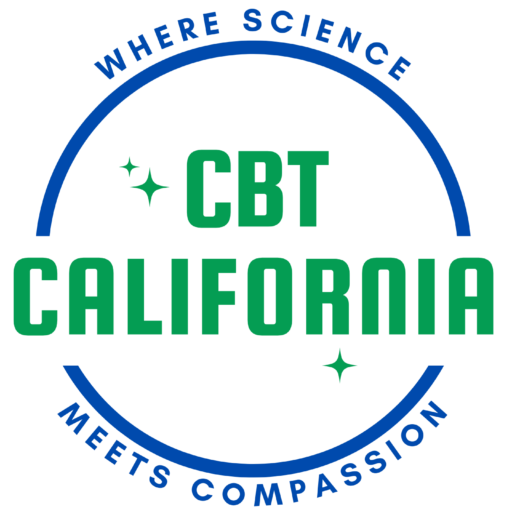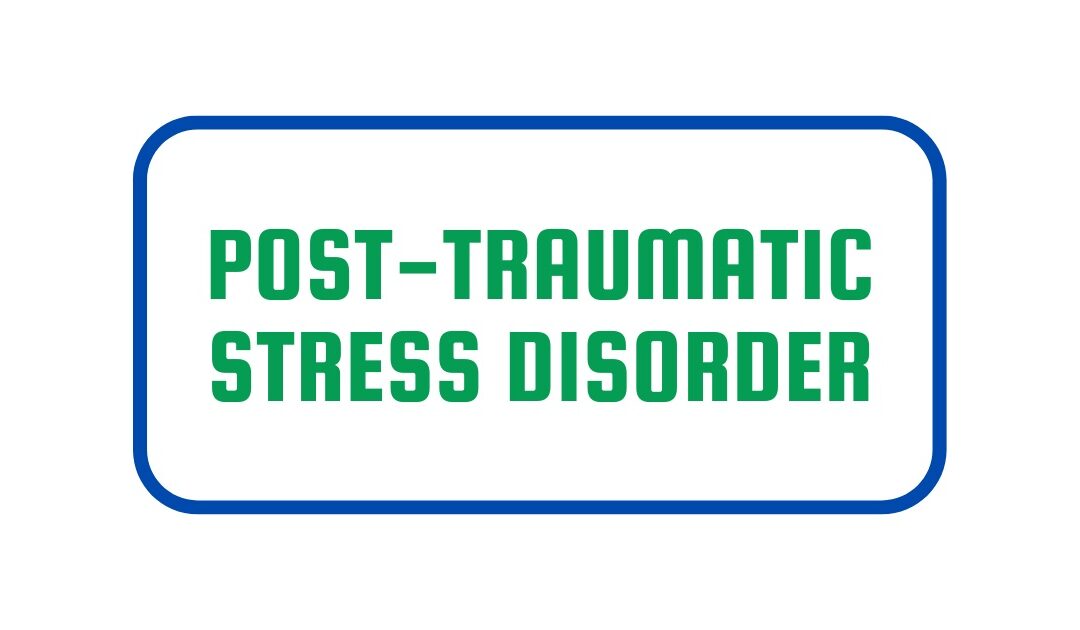PTSD can result from many types of severe or prolonged traumatic experiences. Such experiences may include:
- Combat exposure
- Childhood sexual/physical abuse
- Terrorist attacks
- Sexual/physical assault
- Serious accidents
- Natural disasters
- Being a witness to such things
What are the Symptoms of PTSD?
Individuals who develop PTSD have experienced, witnessed, or were confronted by an event(s) where there was actual or threatened death, serious injury, or where the physical integrity of their self or another was in danger. The common response to these events was helplessness, intense fear, or even horror. However, PTSD specifically involves the persistent re-experiencing of the event(s) in at least one of the following ways:
- Recurrent and intrusive memories of the event, including images, thoughts, or perceptions
- Recurrent distressing dreams of the event
- Acting or feeling as if the traumatic event were recurring, including a sense of reliving the experience, illusions, hallucinations, and flashbacks, including those that occur on awakening or when intoxicated
- Intense anxiety at exposure to a feeling or external event that symbolizes or resembles an aspect of the traumatic event
- Bodily reactions on exposure to something that symbolizes or resembles an aspect of the traumatic event
In addition, individuals who experience PTSD tend to avoid situations or details that may trigger their memory of the trauma, and their general responsiveness may be numbed in a way that was not so before the trauma took place. Such behaviors may involve:
- Efforts to avoid thoughts, feelings, or conversations associated with the trauma
- Efforts to avoid activities, places, or people that arouse memory of the trauma
- Inability to recall an important aspect of the trauma
- Decreased interest or participation in significant activities
- Feeling of detachment or estrangement from others
- Limited range of affect (ex: unable to have loving feelings)
- Sense of foreshortened future (does not expect to have a career, family, etc)
Many individuals with PTSD have an increased sense of arousal that was not present before the trauma, such as:
- Difficulty falling asleep
- Irritability or outbursts of anger
- Difficulty concentrating
- Feeling on guard or hypervigilant
How to treat PTSD
There are a few different empirically-supported treatments available for PTSD. Two of the most popular treatments for Post-traumatic Stress Disorder include prolonged exposure (also called PE; see Foa et al., 2011 for a comprehensive review) and cognitive processing therapy (also called CPT; Resick & Schnicke, 1992). PE involves education around responding to trauma, exposure to the traumatic memory in a gradual and systematic manner, and processing the meaning of the traumatic event. CPT, on the other hand, has more emphasis on processing the thoughts and interpretations about the event. Both of them have research supporting their efficacy.
Where can I get more information about PTSD?
- National Center for PTSD: http://www.ptsd.va.gov/
- Mental health treatment for PTSD: http://www.mentalhealth.va.gov/ptsd.asp
- For reading about PE, please see: Foa, E.B. (1992). Prolonged exposure therapy: past, present, and future. Depression and Anxiety, 28, 1043-1047.
- For reading about CPT, please see: Resick, P.A. & Schnicke, M.A. (1992) Cognitive processing therapy for sexual assault victims. Journal of Consulting and Clinical Psychology, 60, 748-756.

